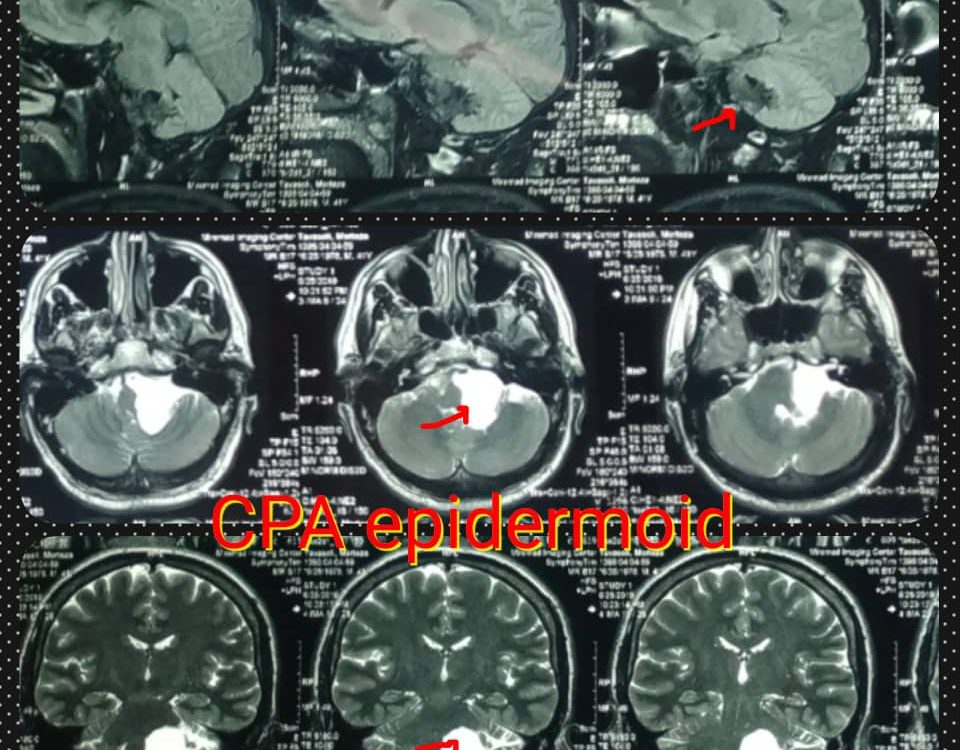CPA- Acoustic Neuromas
CPA- Acoustic Neuromas
What is an Acoustic Neuroma?
The acoustic neuroma is a nonmalignant tumor of the 8th cranial nerve. This tumor called Cerebellopontine angle (CPA). Most commonly, it arises from the covering cells of the inferior vestibular nerve which is presses on the Cerebellar neurons.
Causes
Acoustic neuroma occurs in two forms: a sporadic form and a form associated with an inherited syndrome. About 95% of all cases are sporadic. The cause of the sporadic form is unclear. Some small studies have found an association of acoustic neuromas with cellular phone use or prolonged exposure to loud noises, but there is no hard evidence supporting a link between environmental factors and acoustic neuromas yet.
The inherited syndrome called neurofibromatosis type II (NF2). Roughly 5% of patients with acoustic neuroma have NF2.
Treatments
There are three treatment options: microsurgery, stereotactic radiosurgery and observation. For each individual patient, consideration needs to be given to future quality of life and symptom relief as well as tumor control, facial nerve function and hearing preservation.
For patients with small neuromas, the most appropriate course of action may be to watch and wait with serial scans (usually annually) to monitor growth. Where growth is detected, more active treatment is usually advocated under consideration tumor size.
Stereotactic radiosurgery
Stereotactic radiosurgery targets a tumor with a radiation using convergent beams of high-energy. The aim of treatment is to control (either slow or stop) the growth of the tumor. Potential longer-term risks associated with stereotactic radiosurgery include:
- Radiation-induced brain necrosis.
- Radiation-related cranial nerve injury.
- Malignant change (for example, to a glioblastoma multiform).
Surgical treatment
Most patients receiving active treatment undergo microsurgery. This way even the smallest tumor remains can be detected and removed. The surgical approach taken depends on the location of the tumor, its size. Complete removal is possible in most cases.
The operation always takes place under a general anaesthetic. A small area of hair shall be shaved if absolutely necessary where the skull will be opened for the operation. Nowadays, this is done with modern technology. The cut through the scalp is around the length of a normal sized ear and a diamond milling cutter makes an incision through the cranial bone that is too small.
The removal (resection) of the acoustic neuroma begins with an inspection of the tumor area and the course of vessels and nerves in the operation area. For this purpose, endoscopes are additionally used.
References
http://patient.info/doctor/acoustic-neuromas
http://www.acoustic-neuroma-brain-tumour.org/english/acoustic-neuroma-operation.php



